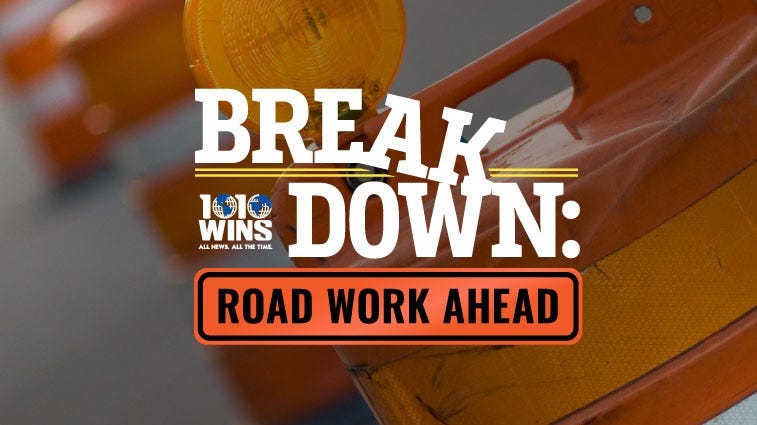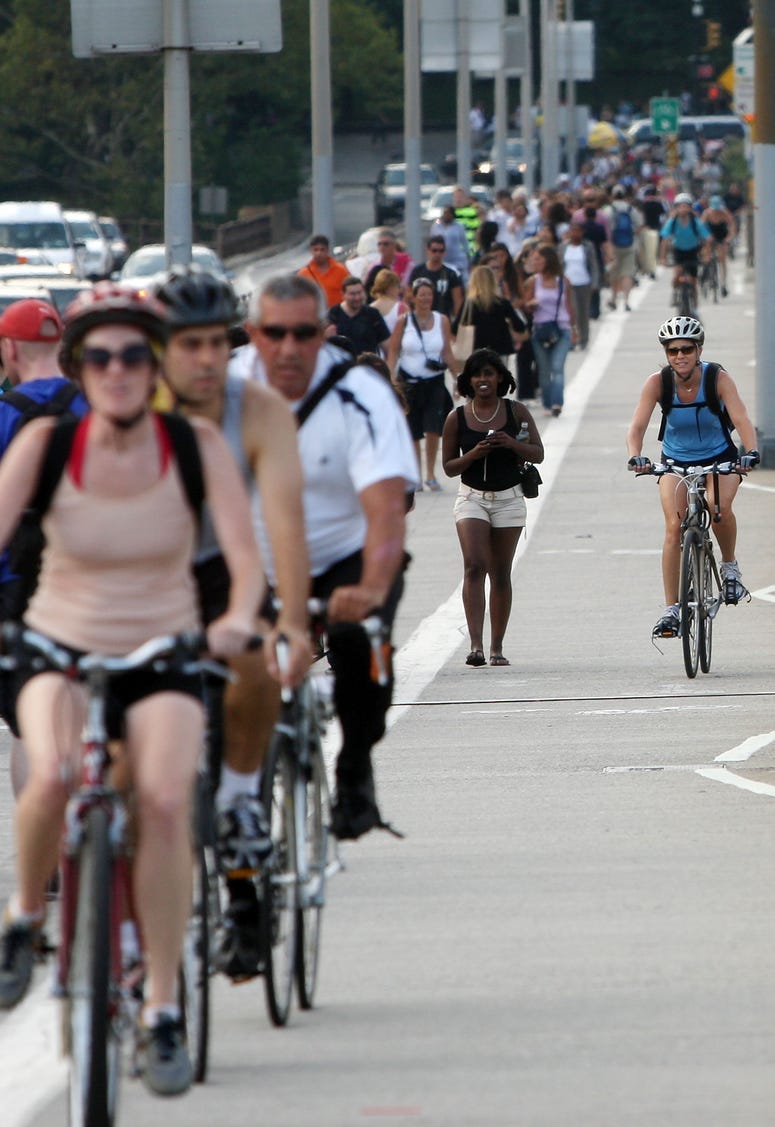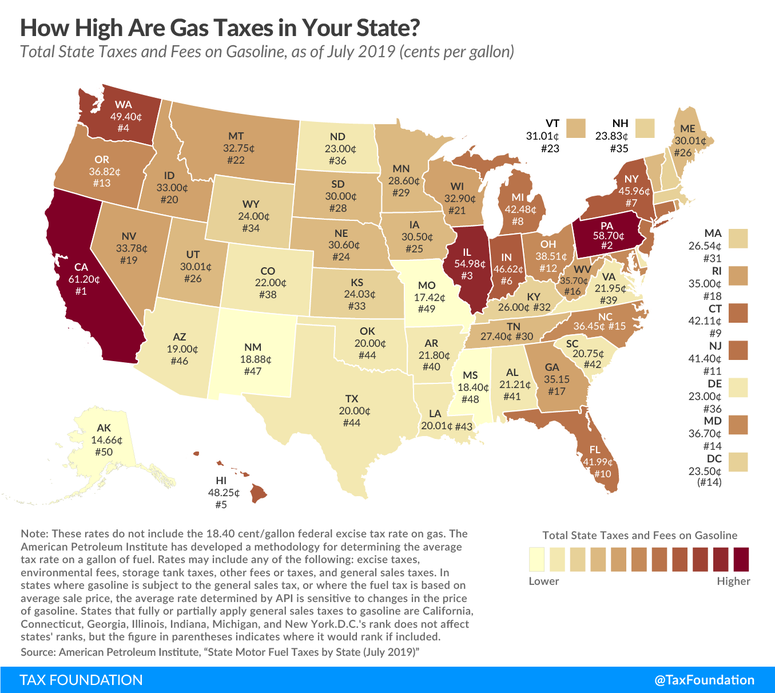
NEW YORK (1010 WINS) -- America’s roads and highways are falling apart.
The federal highway system, developed under the 1956 Federal Highway Act, got a “D” rating in the most recent infrastructure report card from the American Society of Civil Engineers (ASCE). That should come as no surprise to anyone who has traveled any of the roadways that snake across the New York area.
Lines of orange cones appear nightly on highways like the Cross Bronx Expressway, Brooklyn-Queens Expressway and the Van Wyck Expressway. In the words of former New York City Transportation Commissioner Janette Sadik-Khan, “We are now stuck in a sea of red lights.”
In addition, this is not just a New York problem. America’s roads are a mess. That mess ends up costing each one of us time and money. In the worst of cases, dangerously neglected roads can cost lives. According to the National Safety Council, traffic fatalities on U.S. roads topped 40,000 last year for the third year in a row.
Today we begin presenting our special report "The Break Down – Road Work Ahead'" a look at the root causes of the roadway infrastructure crisis we are now in.
University of Virginia historian Peter Norton sums it up this way: "It’s almost like the person who bought more house than they could maintain."
Part 1: THE OVERVIEW: Why America's infrastructure crisis is so problematic
Part 3: THE COST: How much will it cost to fix the nation's roads ... and who will pay for it?
Part 4: SOLUTIONS: How some cities, states are fixing their infrastructure crisis
Maintaining the roads is not a cheap proposition. The Federal Highway Administration estimates that the cost of updating the nation’s highway capital infrastructure is over $836 billion. That is more than the entire Defense Department budget this year (estimated at $750 billion) and more than three times the total budgets for New York, New Jersey and Connecticut combined.
The Trump administration is pushing for a renewal of a federal highway bill which would deliver an additional $287 billion over the next five years to rebuild and maintain the nation’s highways. But among the experts we spoke with, there is a consensus that repaving over our problems is not the long-term answer.

In cities across America, there is a dramatic change in thinking about how we get from place to place.
In New York, bike lanes, ride sharing, and soon congestion pricing will all make owning and driving an automobile in the city less attractive.
And, says Sadik-Khan, now a transportation expert with Bloomberg Associates – that is the plan. "Now you’re actually seeing not only New York but cities around the country around the world moving to a new road order, understanding that we need to flip the hierarchy of our streets: Instead of having cars at the top, putting people first.”

As for the idea of upgrading the current infrastructure to support the vehicles already out there, our reporting has found that states are not waiting around for the federal government to come to the rescue. While the federal gas tax has not changed in a quarter-century, a dozen states raised their gas tax this summer in an effort to close funding gaps in repairing the roads.
But gas taxes alone clearly will not be the answer to fixing the roads we will need even with fewer cars. It’s why you see cities and states across the area working on private-public partnerships to build and maintain roads. You also see many examples of states operating high occupancy vehicle (HOV) lanes on some interstates, where motorists pay extra to avoid traffic delays.
Other states are considering a highway usage fee to help maintain the roads of tomorrow.

One need only drive in Manhattan to see dramatic changes in the landscape. Bike lanes have eaten up lanes where cars were once driven and parked; ride share vehicles have dwarfed yellow cabs, and toll gantries over roads south of 60th Street will signal a new, more expensive reality for drivers in the busiest parts of Manhattan. Change is taking place everywhere you look. A city planning panel will soon weigh in on the future of a major highway project to replace the decks of the BQE below the Brooklyn Bridge. One leading proposal includes turning a portion of the heavily-traveled roadway into a High Line-like promenade.
Another kind of dramatic change we are seeing is occurring in zoning boards in local communities across America. The once popular dream of having a home in the suburbs within a drive to the mall is being replaced with more mixed used projects where living space and working space are within a shorter commute connected by transit, or even a short walk. Perhaps it’s the new American dream. One that doesn’t place such prominence on the car.

